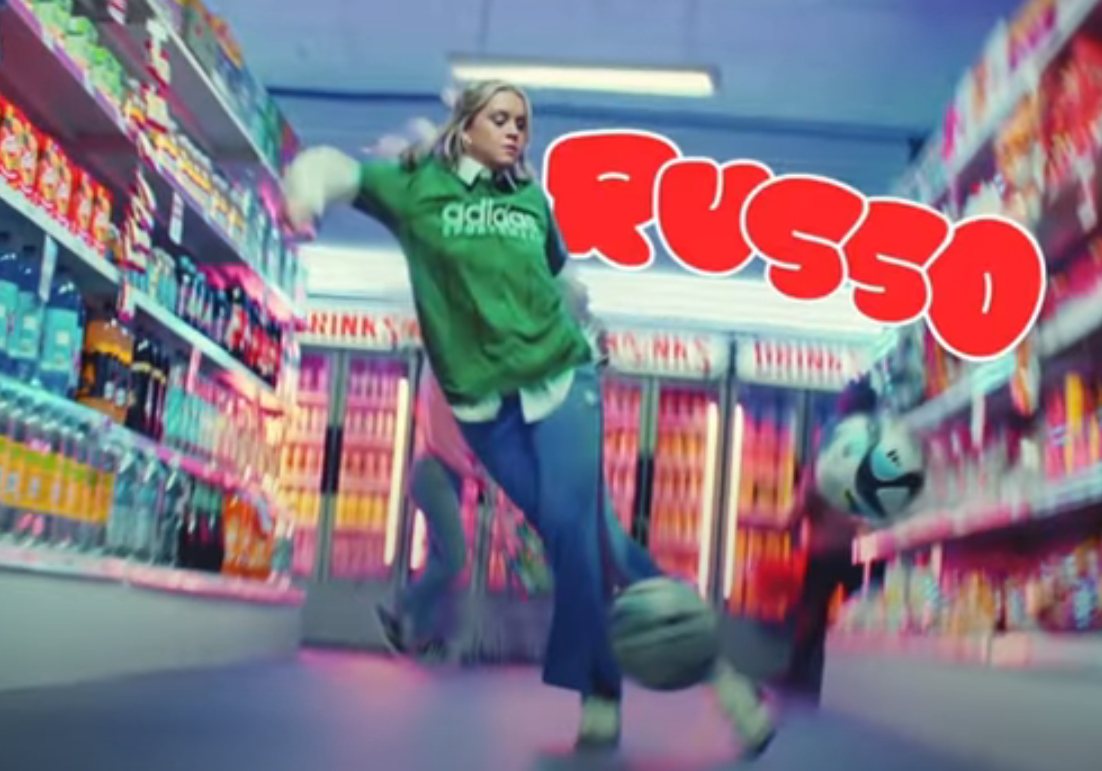CITY AM: 2023 Women’s World Cup ads howcase new-found star power of players

Four years ago, the Women’s World Cup in France was billed as the biggest to date, but despite the hype it was still struggling to be commercially attractive for sponsors and advertisers in its own right.
As the Women’s Sport Trust explained “when women’s sport is approached using the same commercial frameworks as men’s sport […] it risks being seen as a poor business decision”.
What made the 2019 World Cup commercially viable was in large part thanks to the rise of the #MeToo movement in the late 2010s. It meant that gender empowerment was a key cultural topic and advertisers used the tournament as a proxy for that very real battle being fought in society.
You can see this all too clearly in the advertisements, which often act as a cultural barometer. The lesser-known players and the on-pitch product were relegated behind bigger characters and narratives.
Budweiser used famous English actresses to carry a rousing rendition of Queen Elizabeth I’s speech; Nike used a fictional little girl as the central protagonist of their global spot, and BBC’s Change The Game campaign was fronted by rapper Ms Banks. The tone for these ads was sincere and defiant. This was a serious cause worth fighting for.
Fast forward to the 2023 Women’s World Cup and a lot’s changed. On the pitch we’ve seen the Lionesses bring football home, women’s clubs selling out stadiums and star players who are as happy on the Graham Norton couch as they are in the centre circle. This, as always, is reflected in the advertising as a few examples from this year show.
Orange’s ad la Compil des Bleues does the exact opposite of those in 2019. Rather than hiding the players behind better known stars, it literally uses technology – special effects that superimpose male French players onto goals scored by the women – to unmask them and their skill level on the pitch.
In Adidas’s spot, the first thing we are introduced to is three players: Germany’s Lena Oberdorf, England’s Alessia Russo and Australian Mary Fowler. Their names are in bold and in your face. They’re wearing fashionable off-pitch Adidas gear but showcasing outrageous on-pitch skills. They’re the true stars of the show as David Beckham, Lionel Messi and other male icons play supporting roles.
The visual world is bright and hyper-stylised, the tone is fun, almost funny. The thumping remastering of 90s classic On A Ragga Tip nods to the past but everything else screams future. The subtle references to Ian Wright’s granddaughter are a hint at what’s to come but be under illusion, the focus is on the here and now.
Nike’s Women’s World Cup ads are even more interesting. I say ads because instead of a single film featuring multiple players, they are releasing a series of executions, each one focusing on a different superstar. The first to drop, Flip The Game featuring Australian and Chelsea striker Sam Kerr, shows how the iconic player’s backflip is inspiring the world. Note this isn’t inspiring young girls, it’s all of us.
The second release Get Ada Her Way heroes Norway’s Ada Hegerberg dribbling through an entire team, to the growing fury of the opposition coach. Again, this spot is a hyperbolic celebration of outrageous skill. It’s clever, funny and a throwback to other iconic Nike ads from the men’s game.
Speaking of which, their third release for Brazilian Debinha is a direct reference to some of the most famous Nike adverts ever made with the Brazil national team and Joga Bonito.
This reflection of the men’s game may feel unoriginal, but it’s actually the biggest compliment women’s football can get. It shows that it is a genuine equal; justifiable on its own terms not as a metaphor for something else. This is no tribute act.
These ads feel fresher and almost cooler than the men’s ads they’re nodding to. They’re just as bombastic and fun but there is a touch of femininity in them too, an element of style that the men’s game hasn’t always been able to claim. Having the confidence to embrace that femininity is another sure sign that these ads are different for all the right reasons. It’s also the biggest clue of where the women’s game is headed.
Women’s football will stop being used as an overt metaphor for gender empowerment. It won’t be positioned as a rival to men’s football or more family-friendly. It will become comfortable as its own thing; a distinctive alternate version of football.
It’s not about forcing fans to choose, it’s about creating something supplementary. These ads are starting to show a world where men’s and women’s football live together in total harmony.
Matt Readman is chief strategy officer at creative agency Dark Horses.